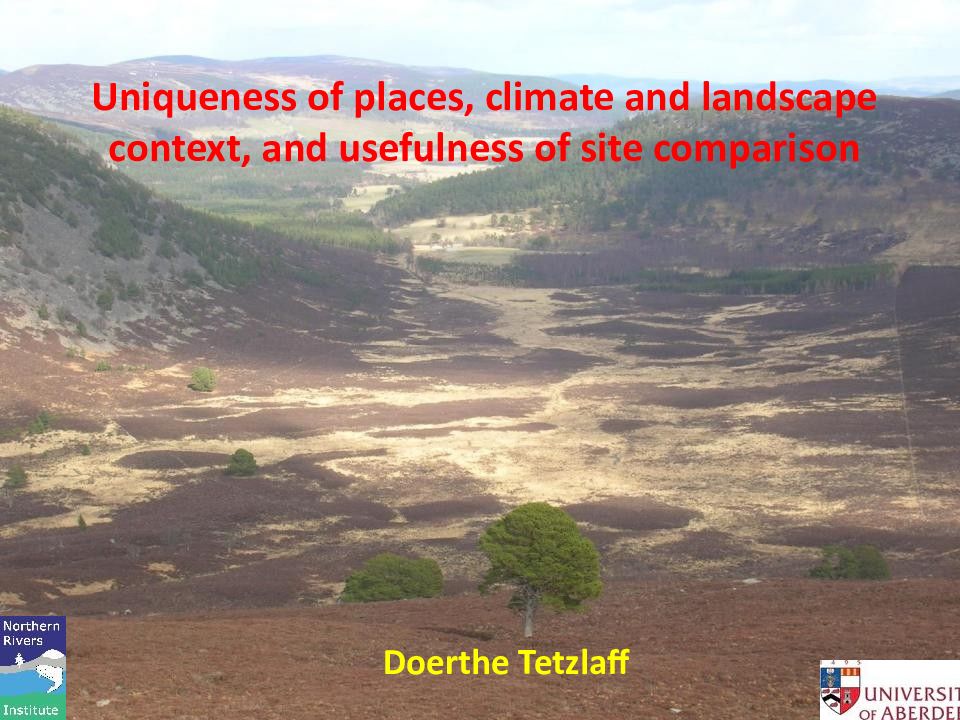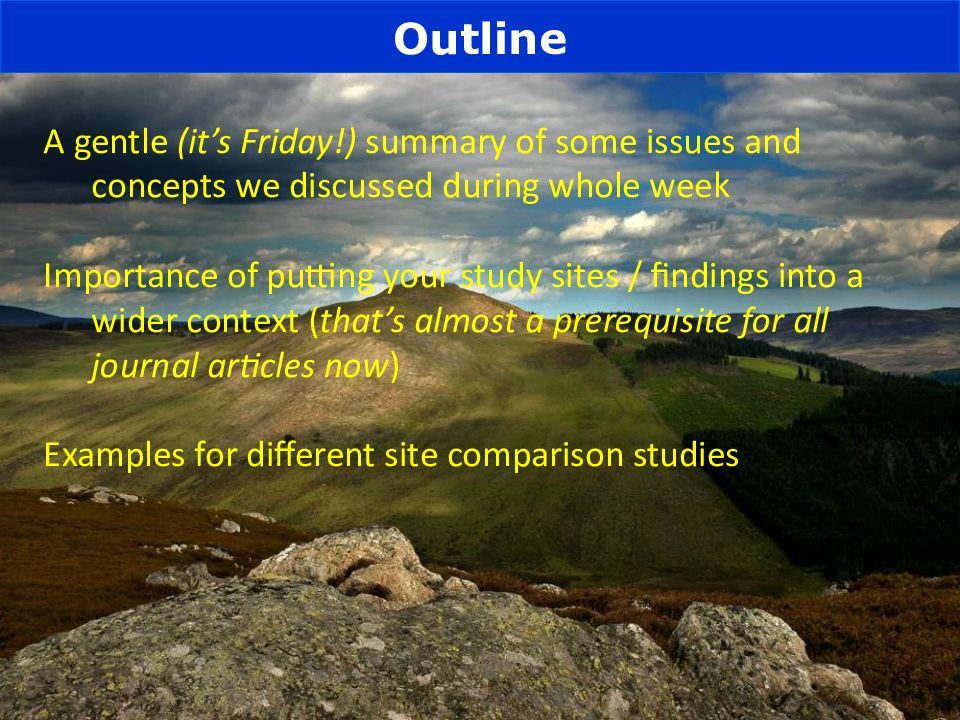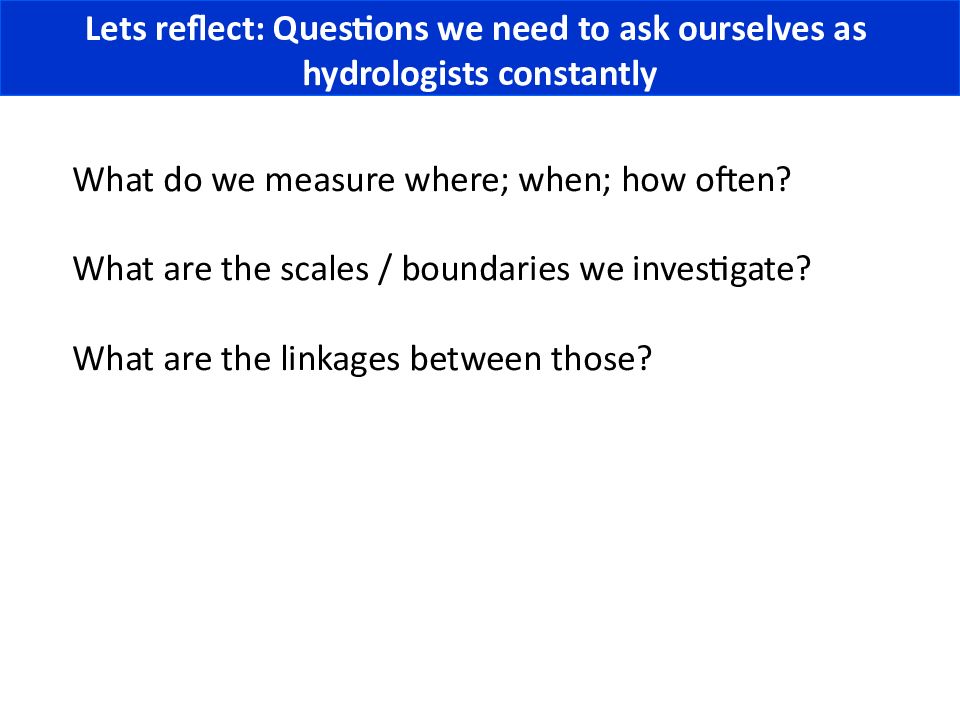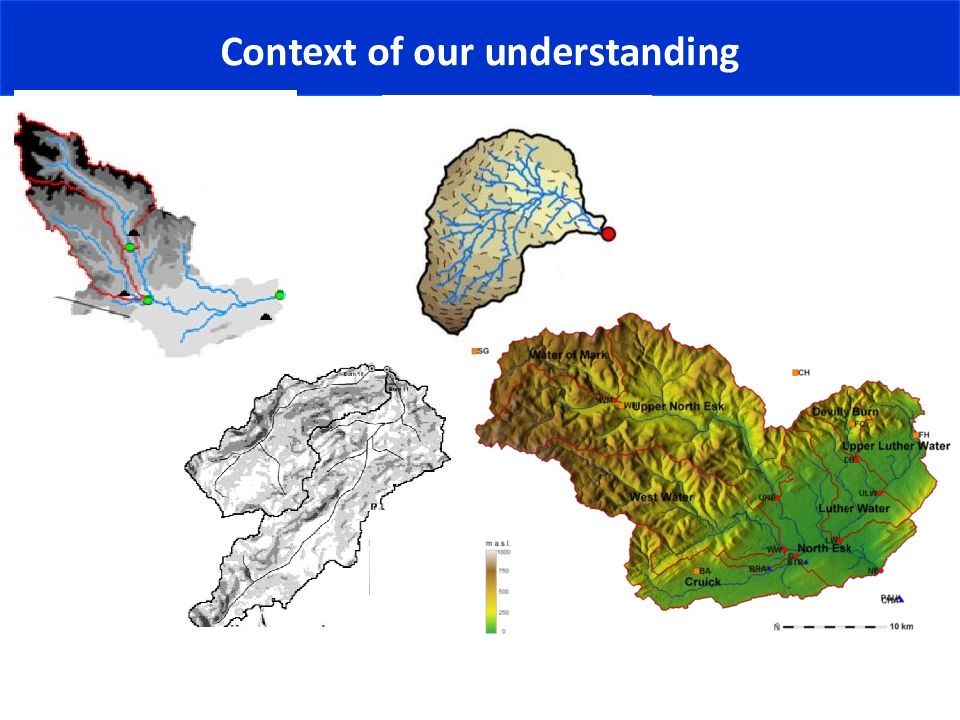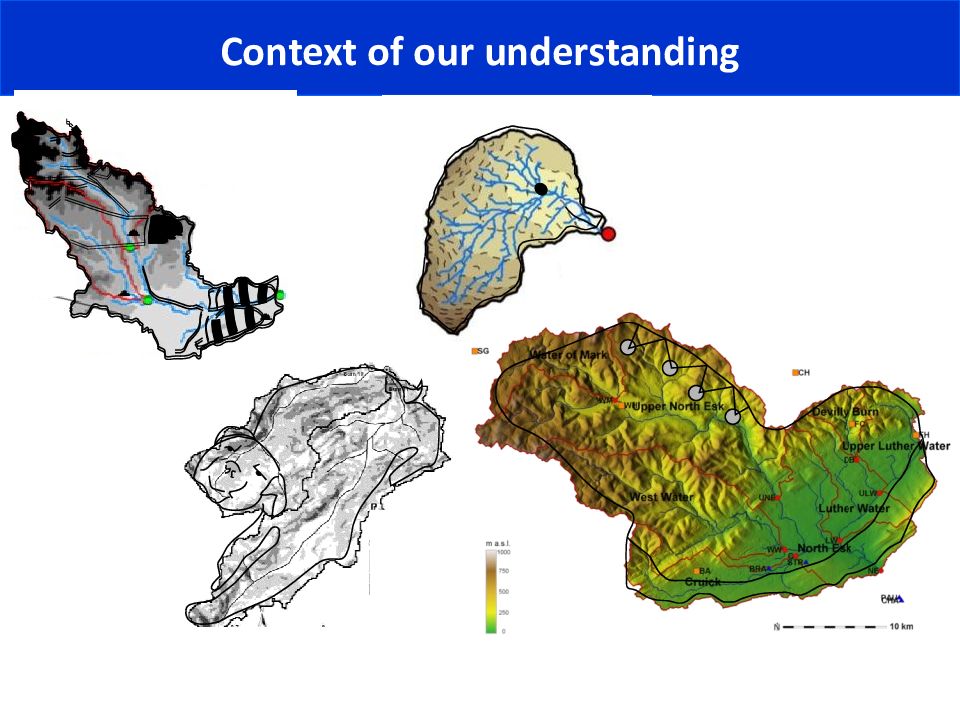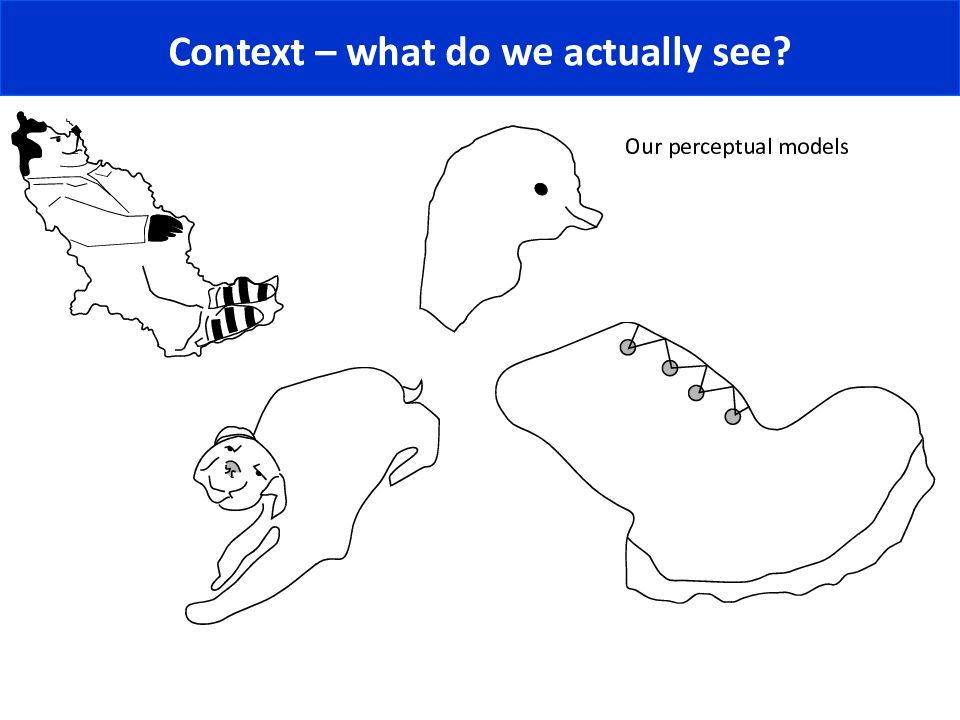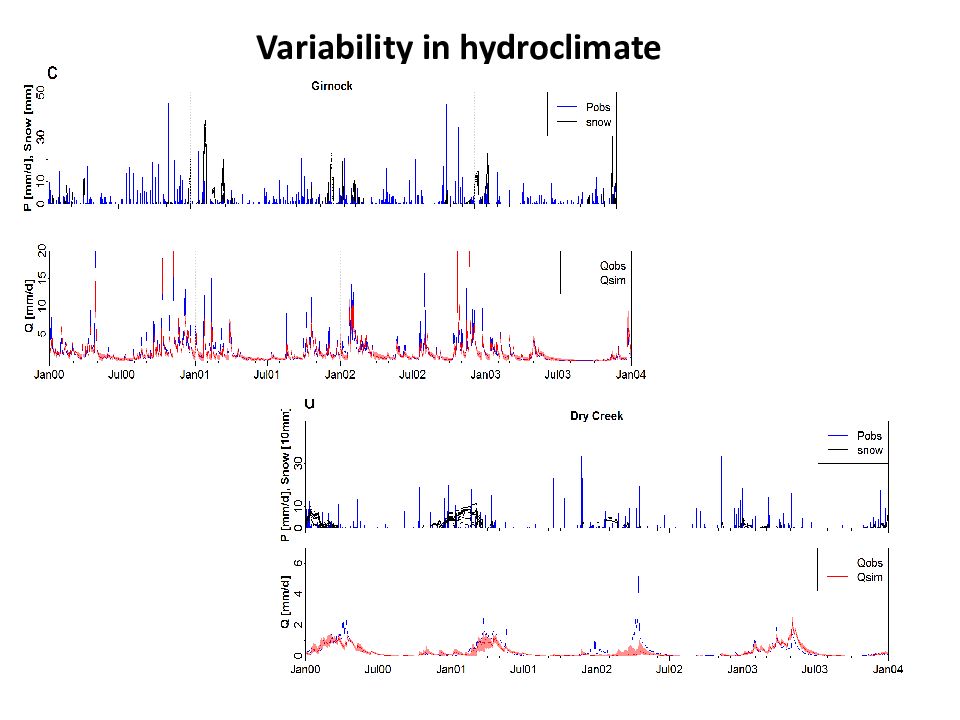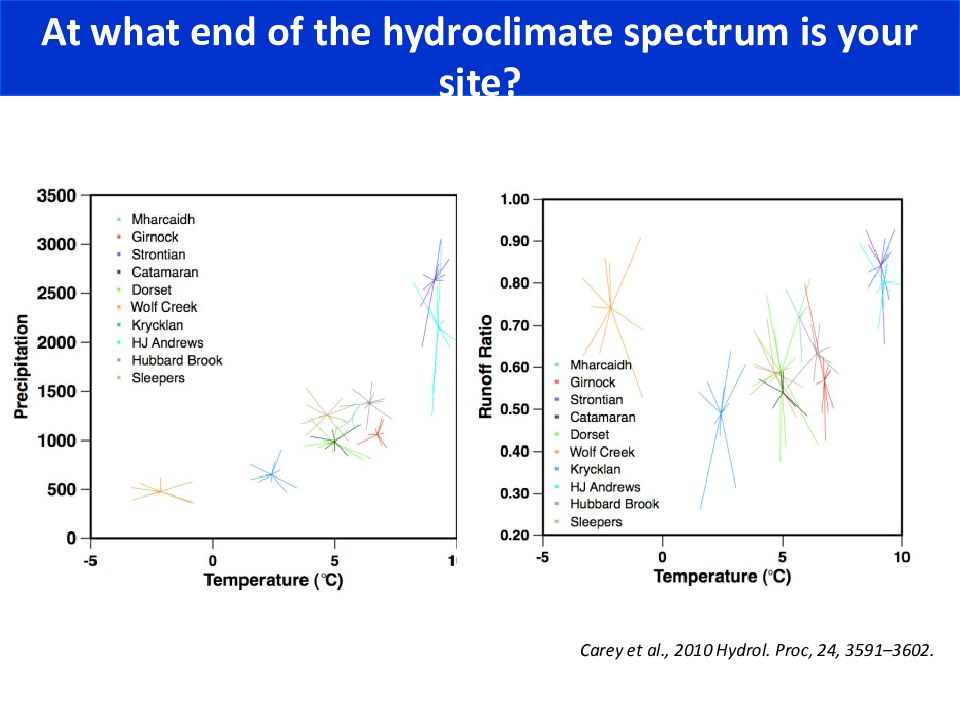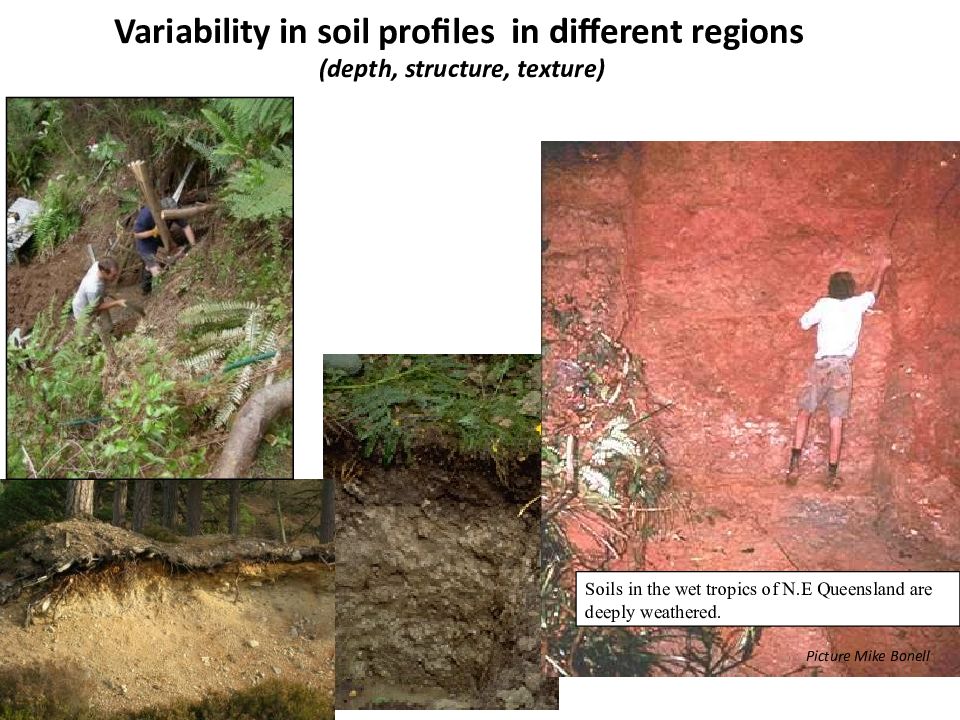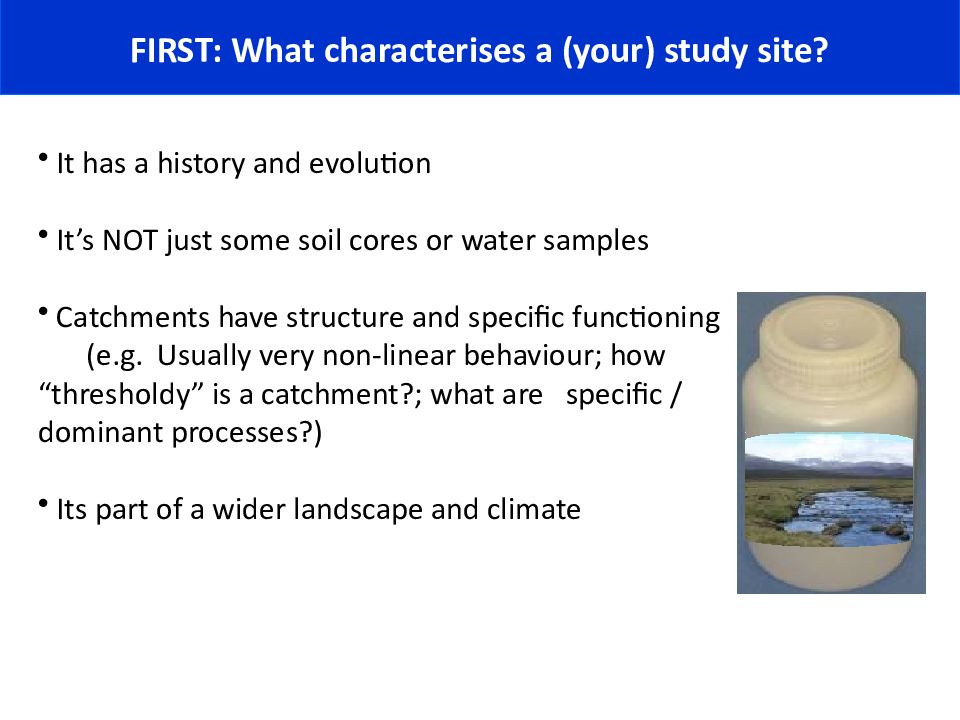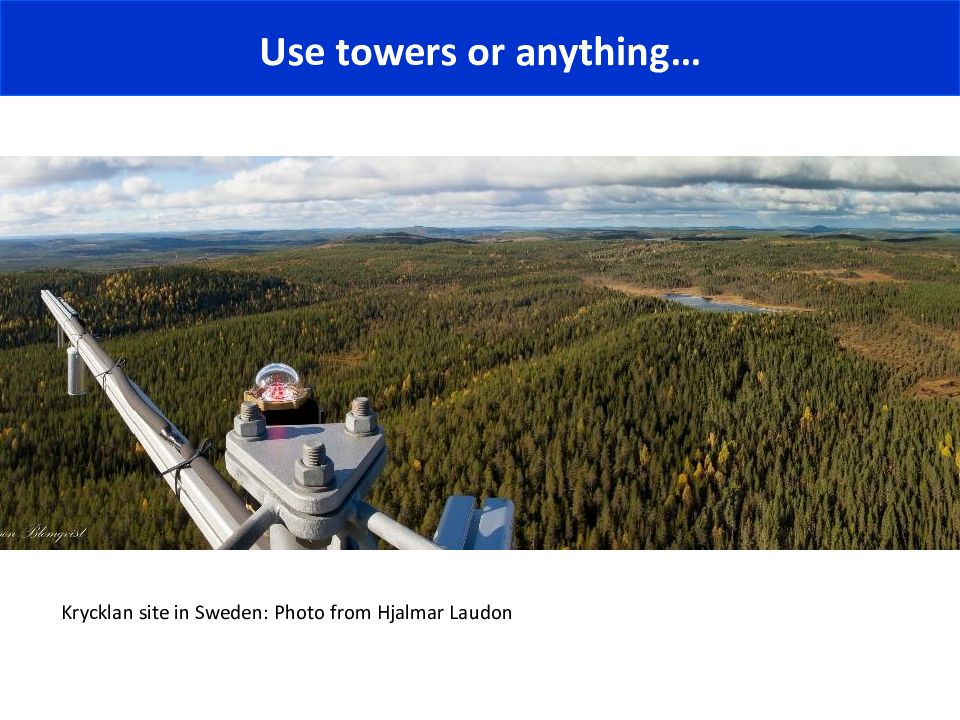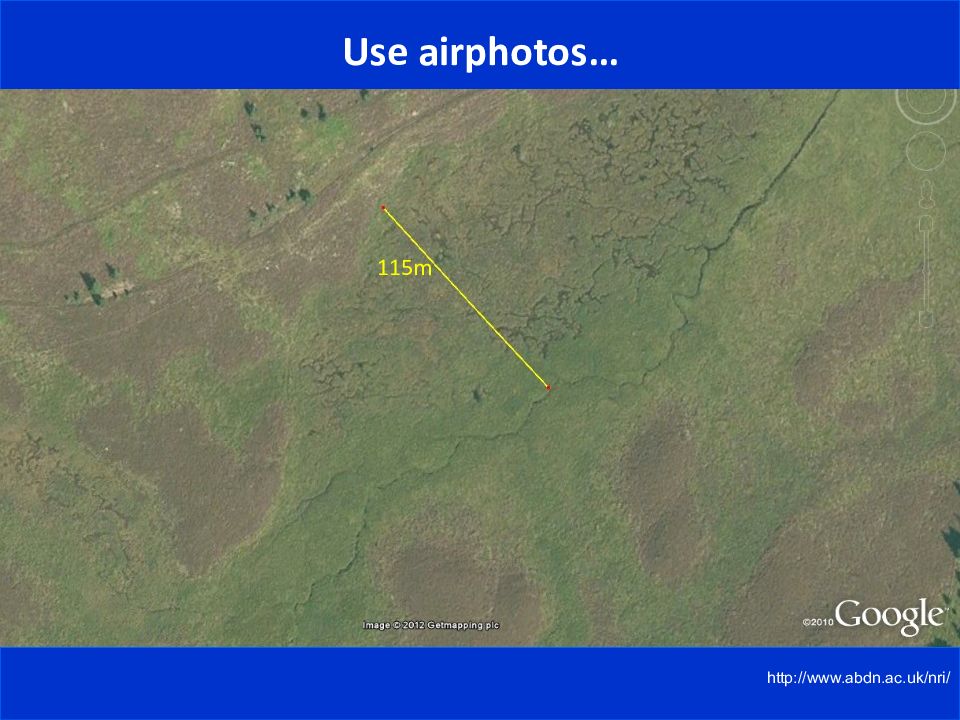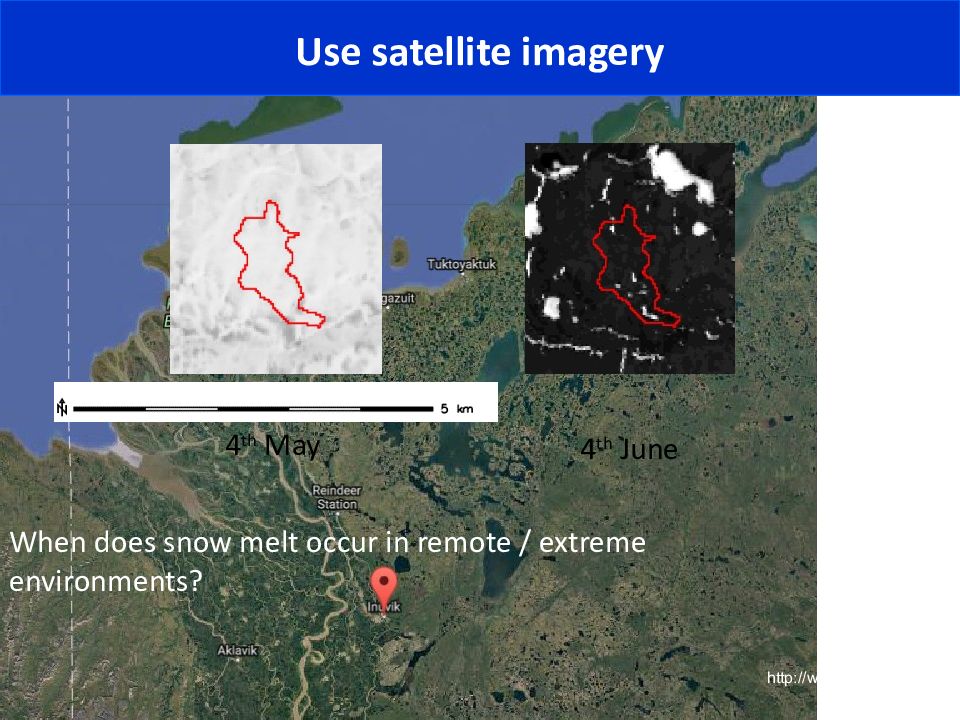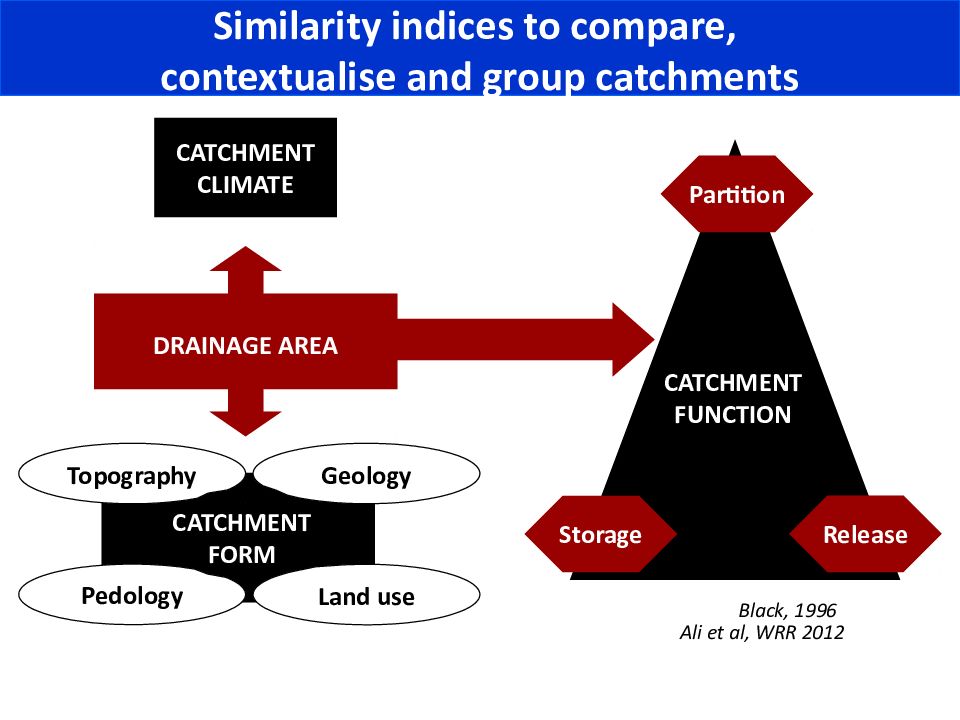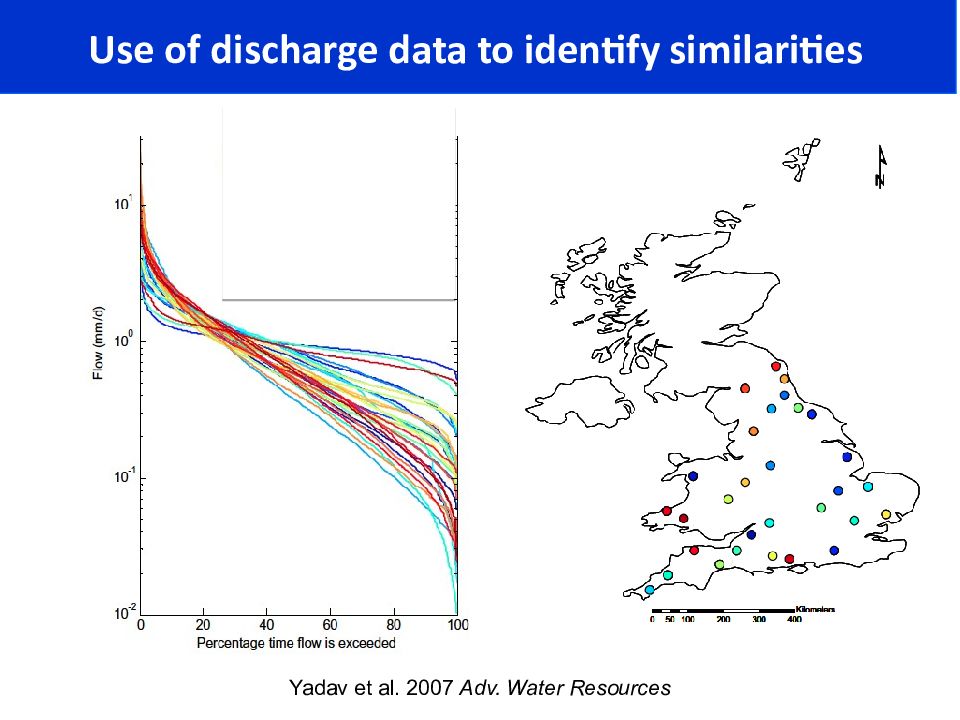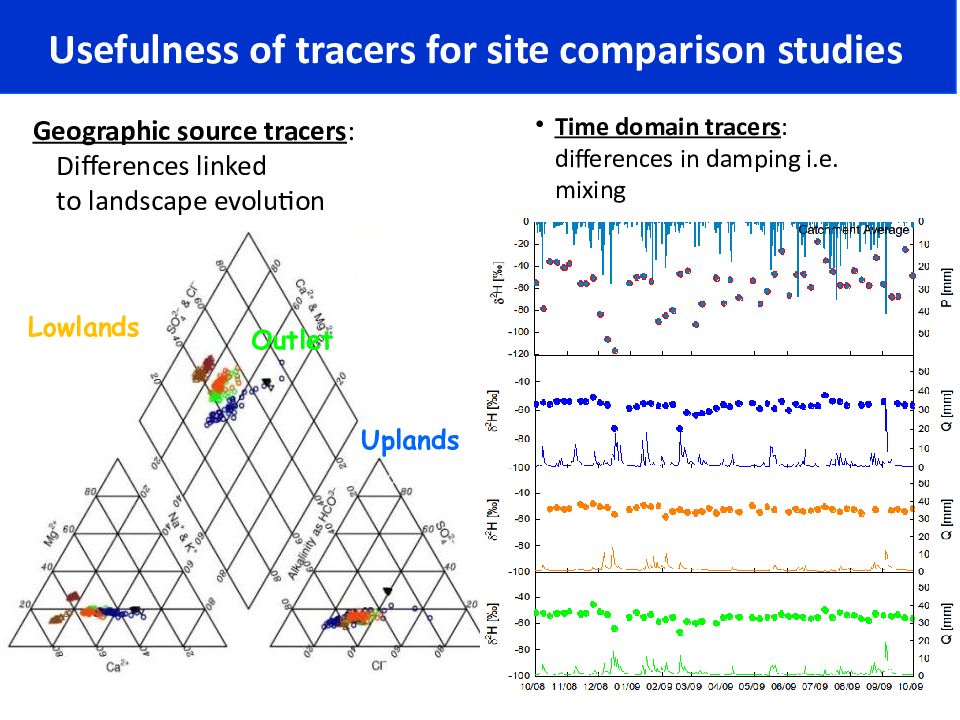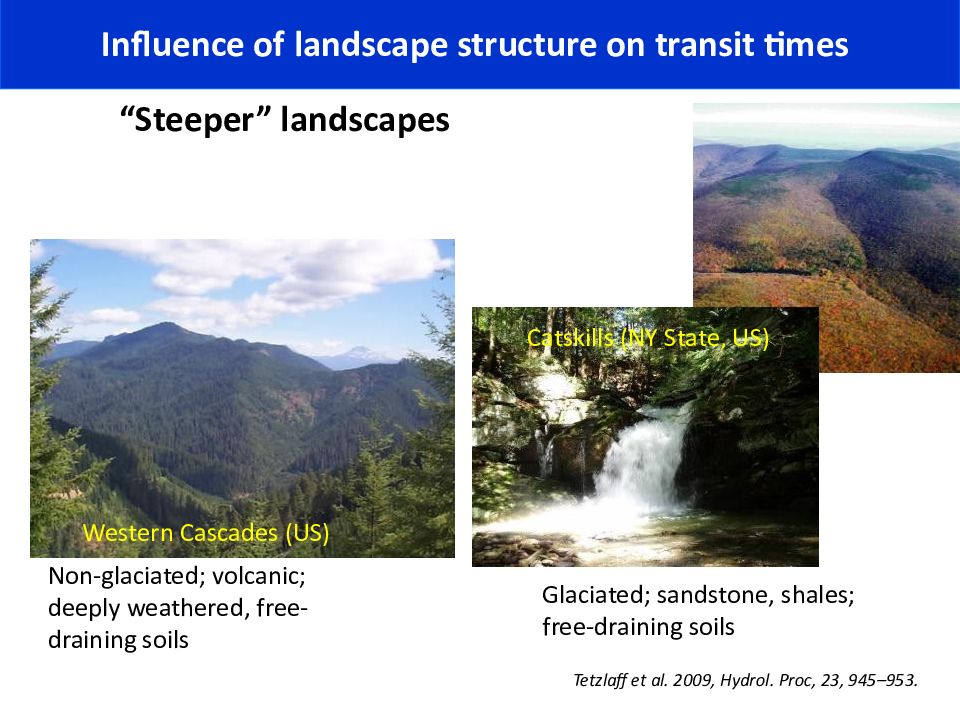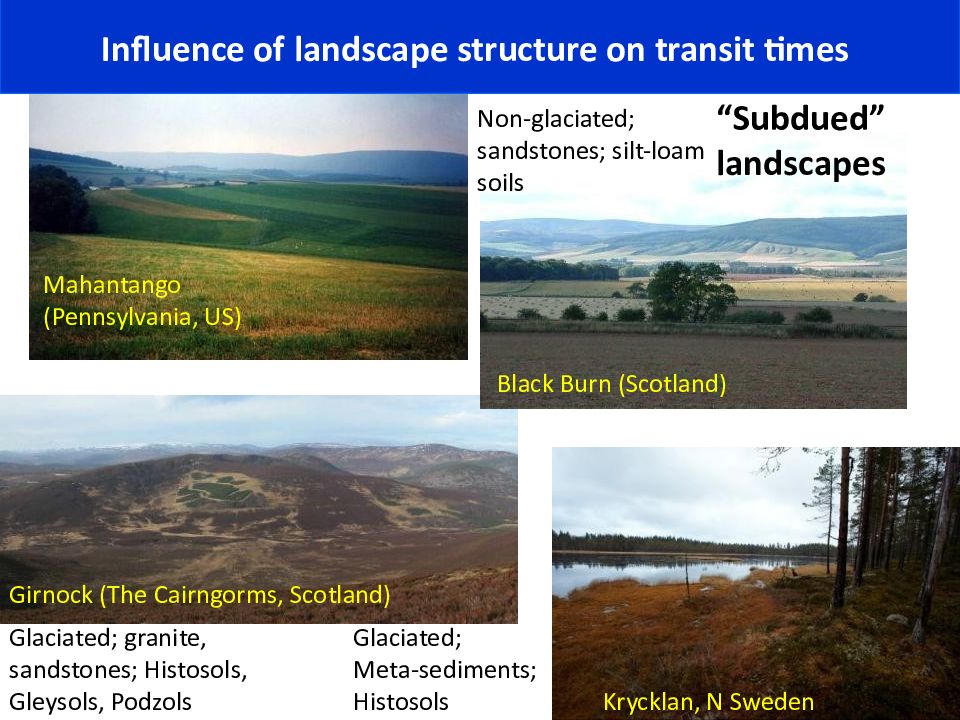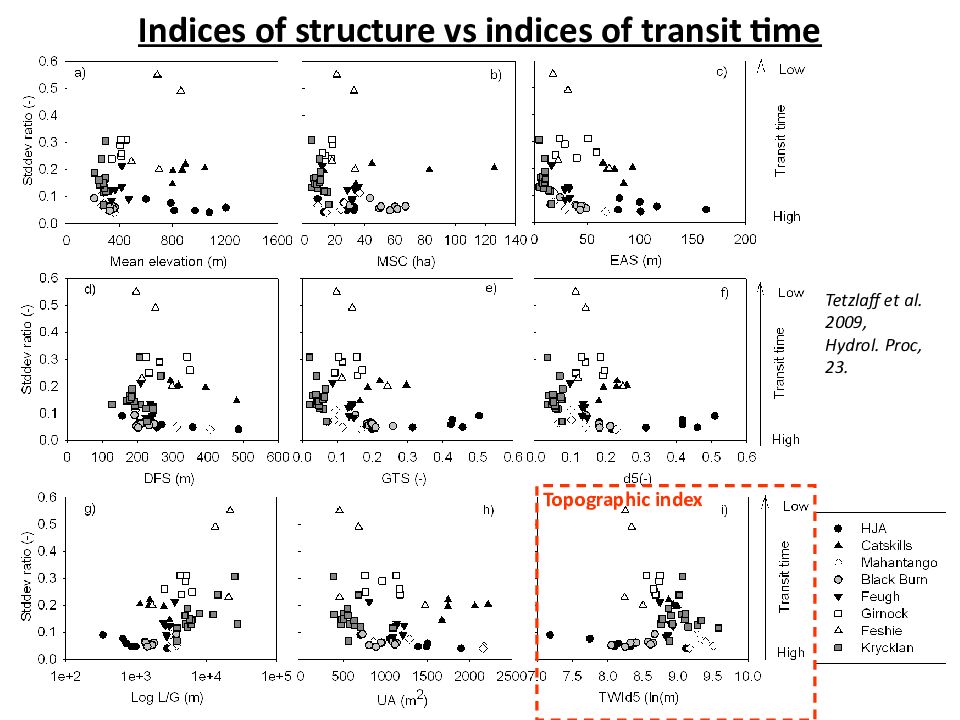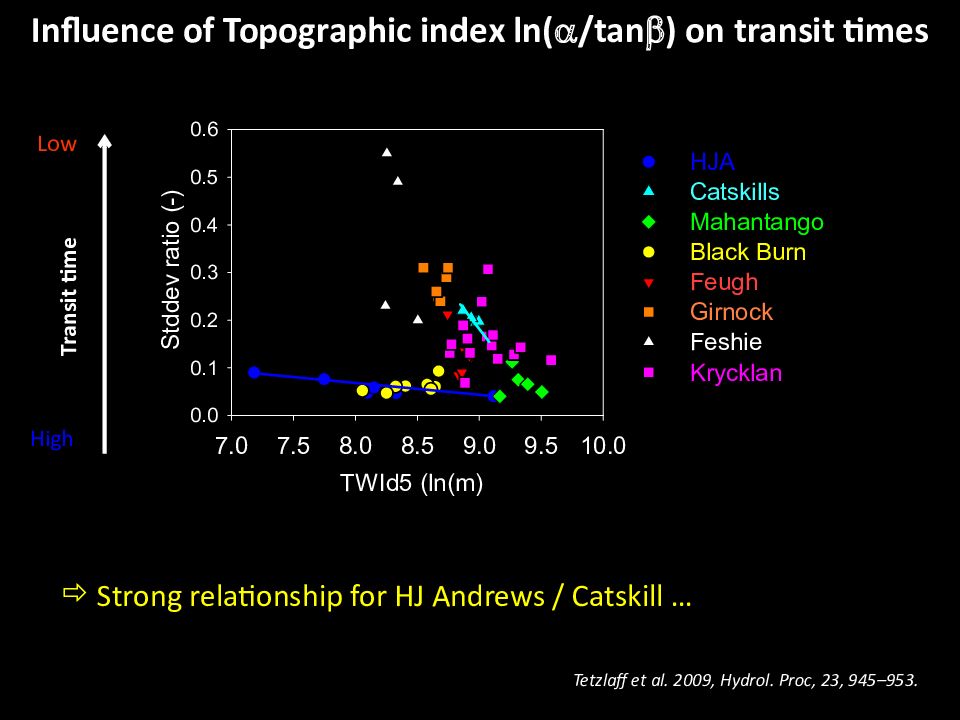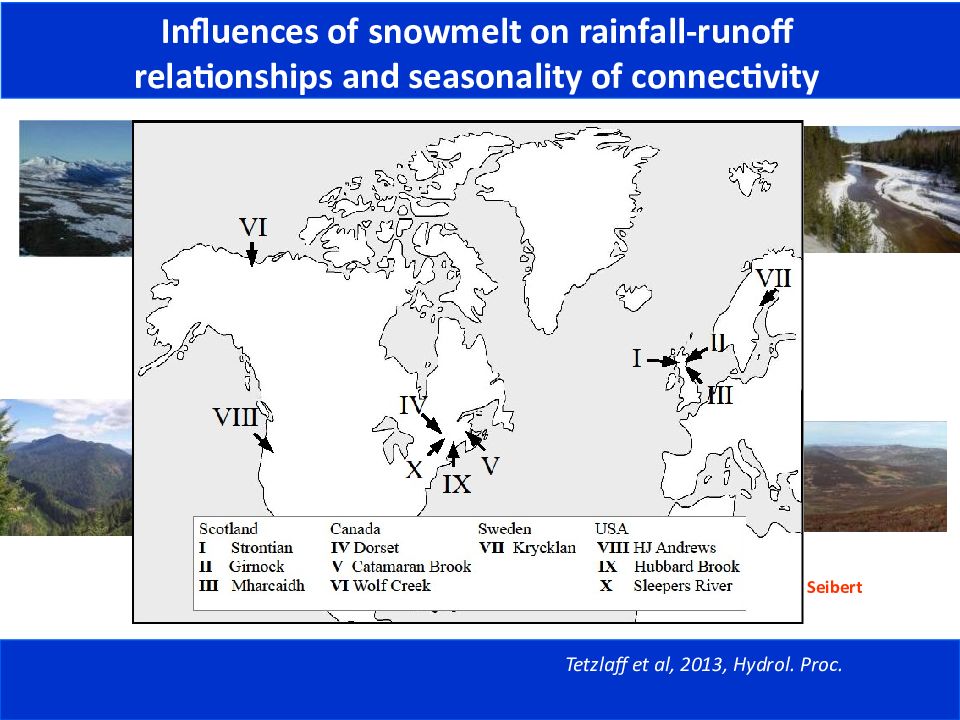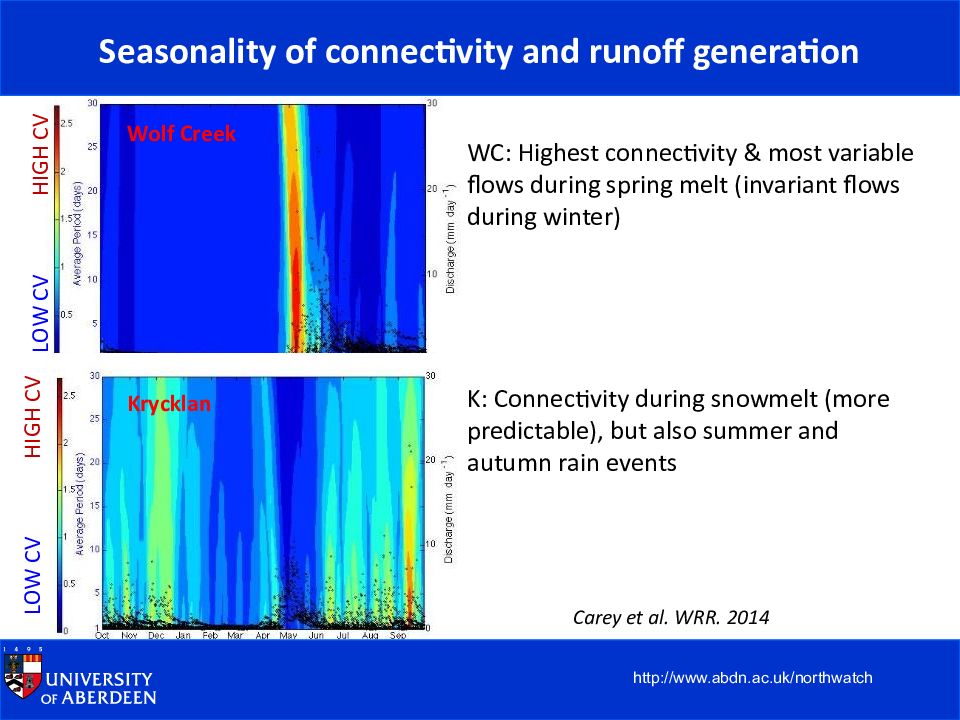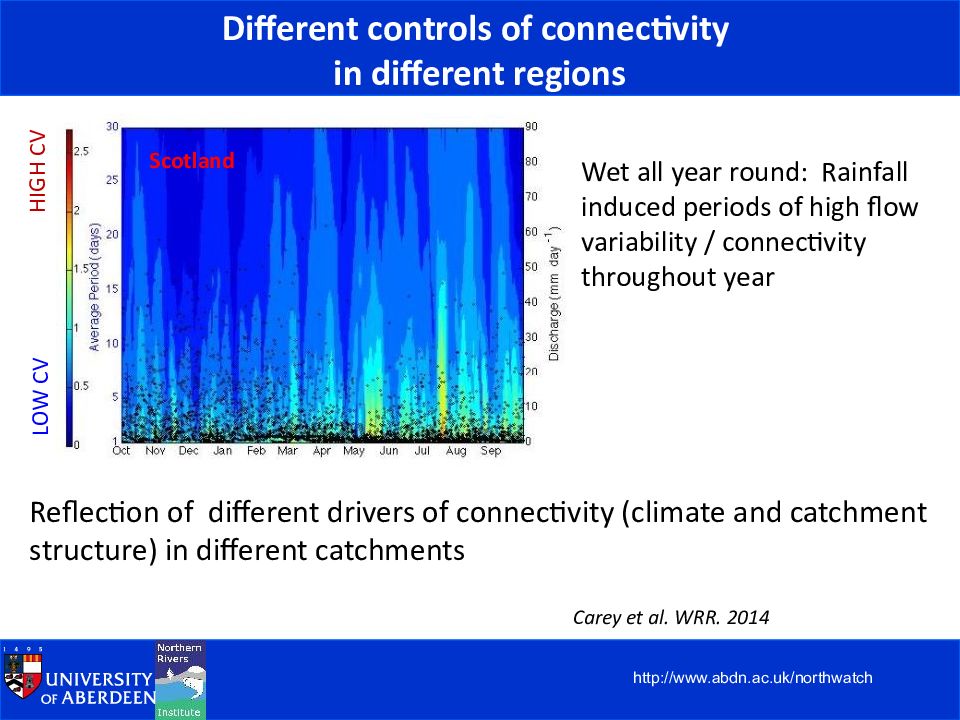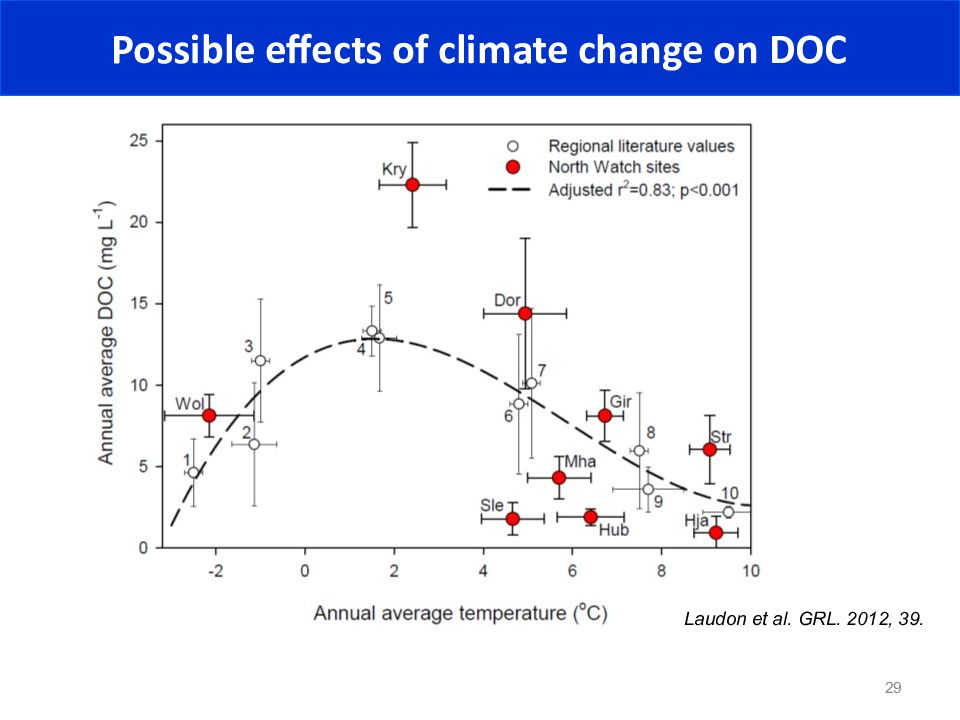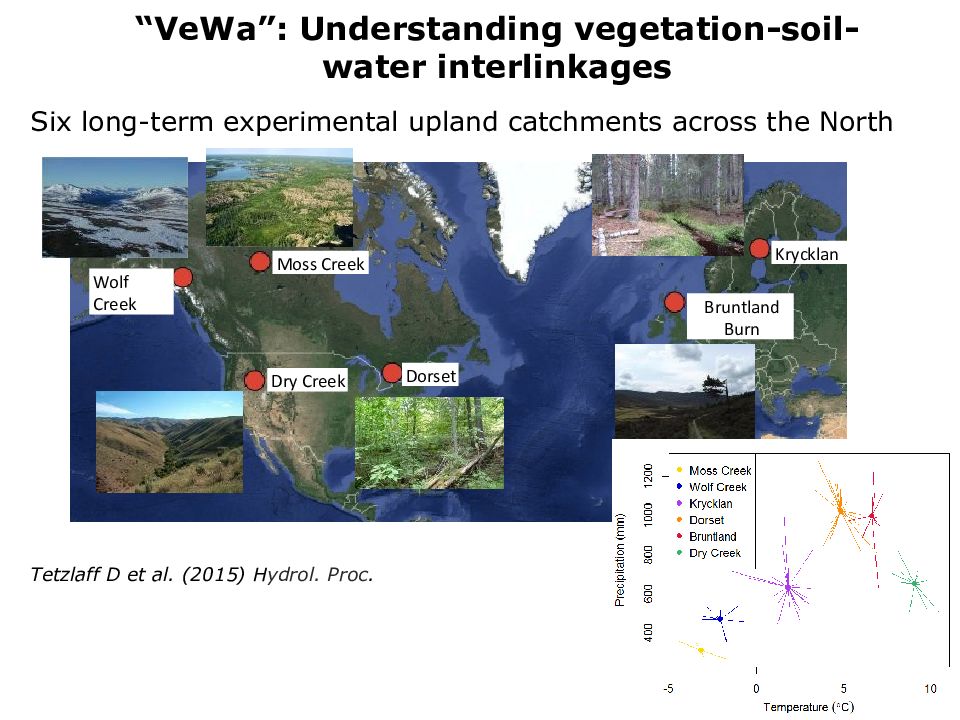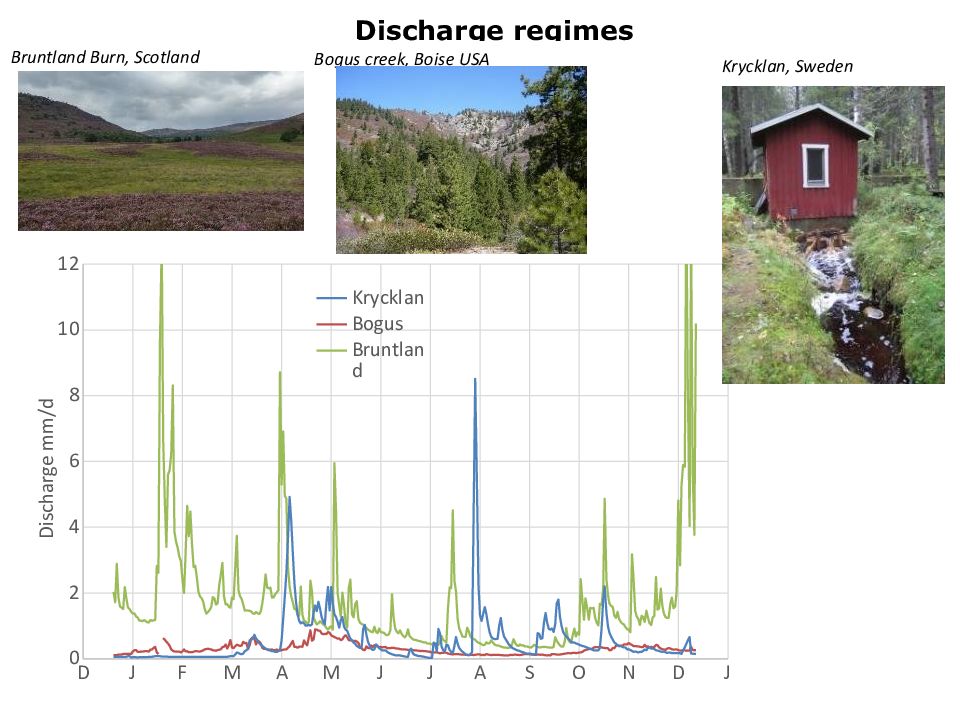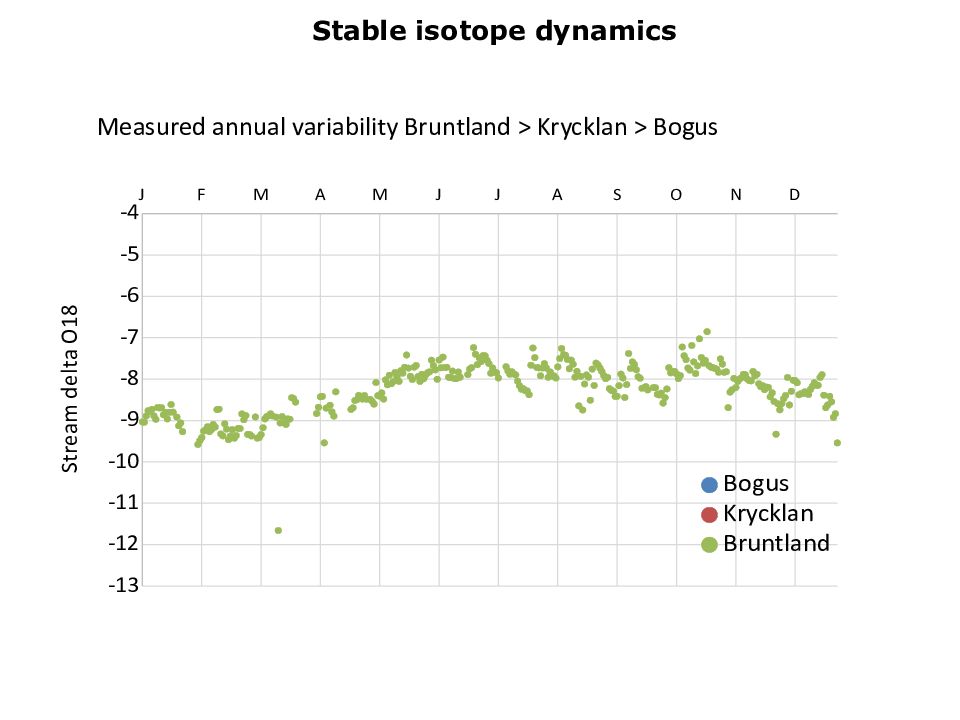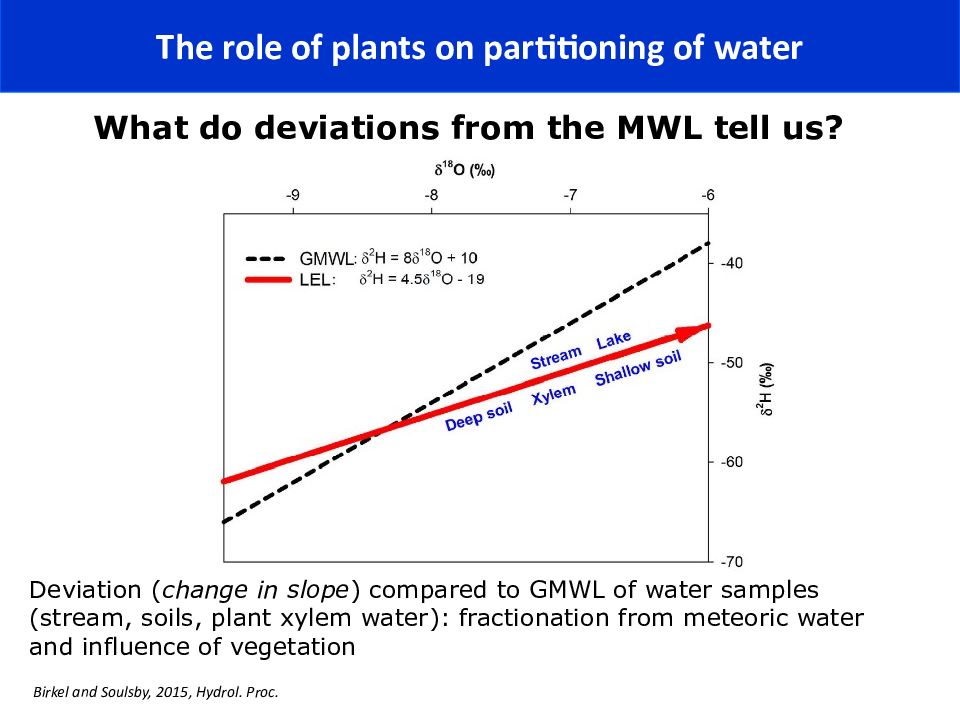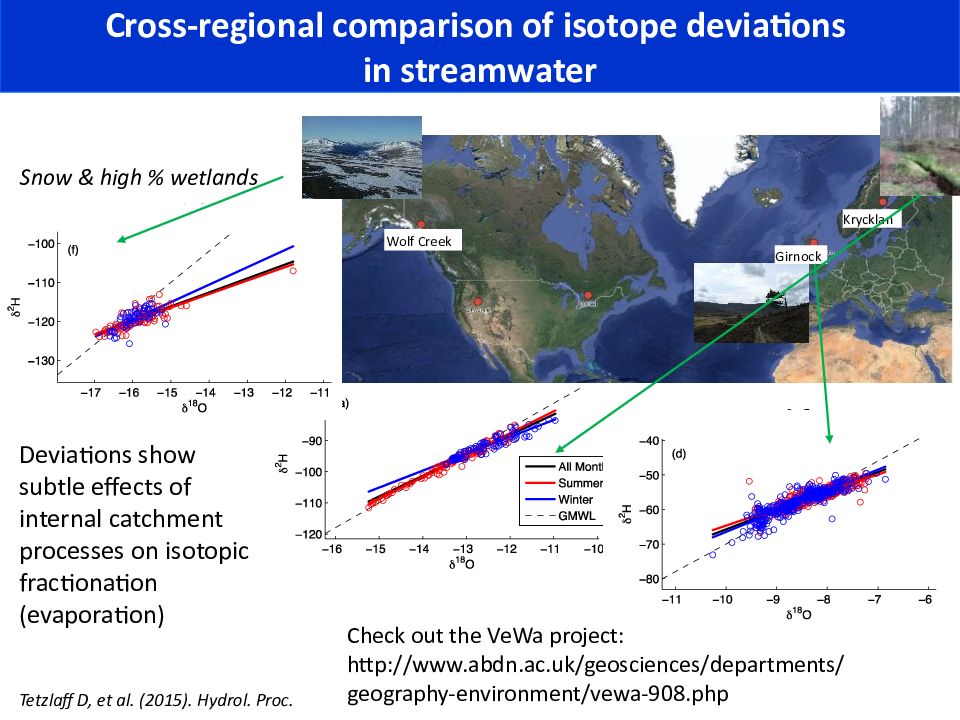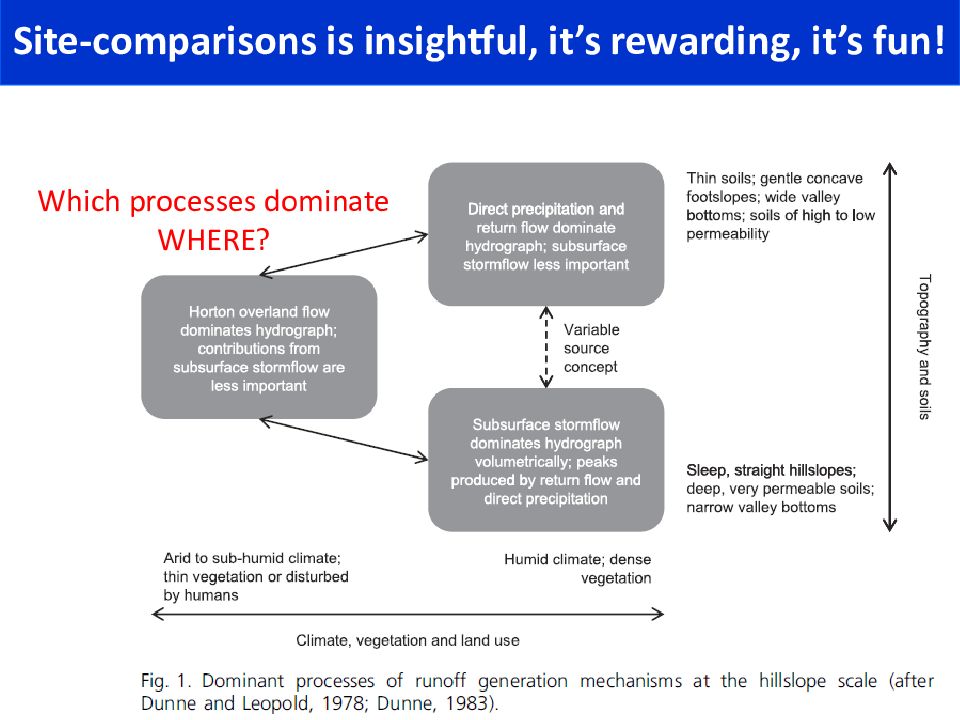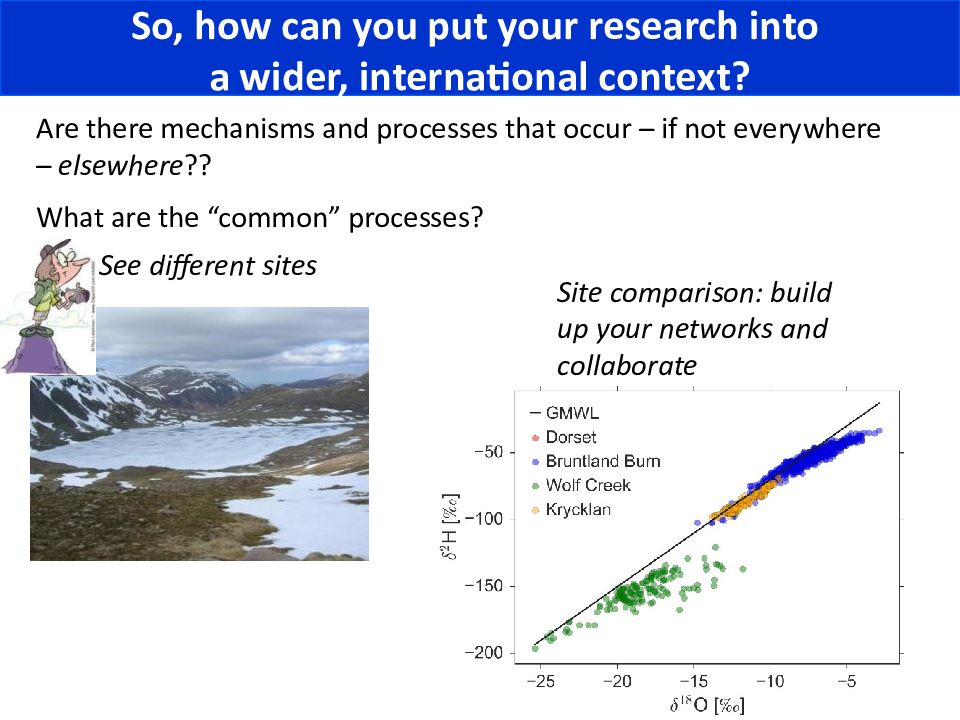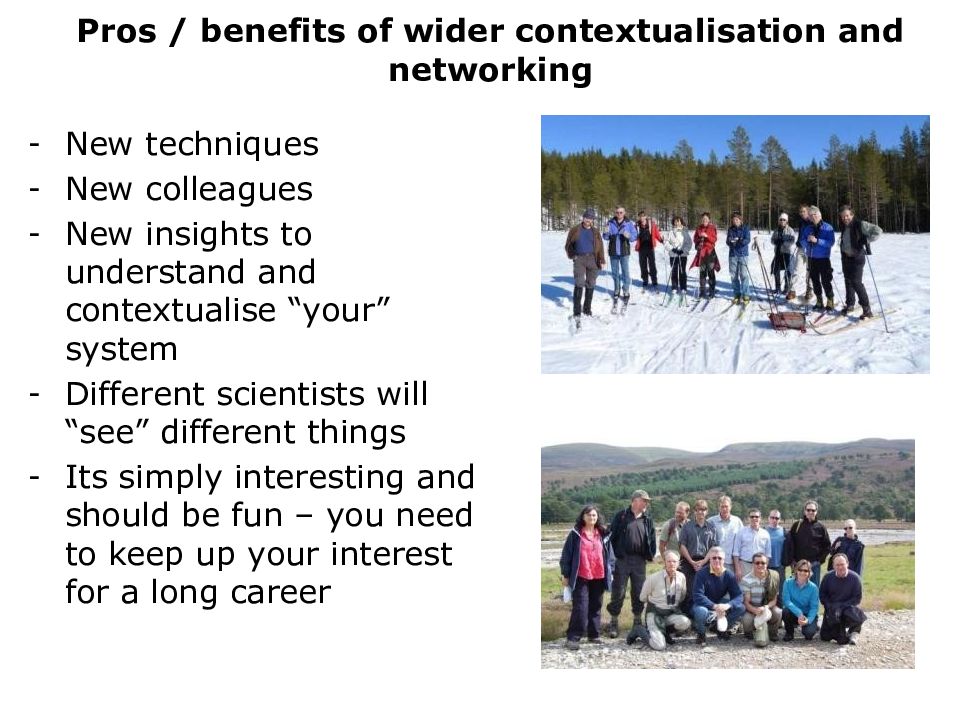Первый слайд презентации: Uniqueness of places, climate and landscape context, and usefulness of site comparison
Doerthe Tetzlaff Uniqueness of places, climate and landscape context, and usefulness of site comparison
Слайд 2
Outline http://www.abdn.ac.uk/nri/ A gentle (it’s Friday!) summary of some issues and concepts we discussed during whole week Importance of putting your study sites / findings into a wider context ( that’s almost a prerequisite for all journal articles now ) Examples for different site comparison studies
Слайд 3
What do we measure where; when; how often? What are the scales / boundaries we investigate? What are the linkages between those? Lets reflect: Questions we need to ask ourselves as hydrologists constantly
Слайд 7
Many, many study sites... http://www.abdn.ac.uk/nri/ Coweeta Coos Bay Sleepers Rivers And of course many more of all of YOUR study sites... Girnock Bruntland Burn Maimai Gardson Panola HJ Andrews Dee Krycklan Weihersbach Saeterbecken
Слайд 9
At what end of the hydroclimate spectrum is your site? Carey et al., 2010 Hydrol. Proc, 24, 3591–3602.
Слайд 10
Variability in soil profiles in different regions (depth, structure, texture) Soils in the wet tropics of N.E Queensland are deeply weathered. Picture Mike Bonell
Слайд 11
It has a history and evolution It’s NOT just some soil cores or water samples Catchments have structure and specific functioning (e.g. Usually very non-linear behaviour; how “ thresholdy ” is a catchment?; what are specific / dominant processes?) Its part of a wider landscape and climate FIRST: What characterises a (your) study site?
Слайд 13
Use towers or anything… http://www.abdn.ac.uk/nri/ Krycklan site in Sweden: Photo from Hjalmar Laudon
Слайд 15
Use satellite imagery http://www.abdn.ac.uk/nri/ When does snow melt occur in remote / extreme environments? 4 th May 4 th June
Слайд 16
Similarity indices to compare, contextualise and group catchments CATCHMENT FORM Topography Land use Geology Pedology CATCHMENT CLIMATE CATCHMENT FUNCTION DRAINAGE AREA Partition Storage Release Black, 1996 Ali et al, WRR 2012
Слайд 17
Use of discharge data to identify similarities Yadav et al. 2007 Adv. Water Resources
Слайд 18
C luster analysis based on 6 hydrological signatures Sawicz, et al. Hydrol Earth Syst Sci. 18:273-285, 2014
Слайд 19
Shallow soils Impermeable geology Surface flow dominated Deep soils Sandstone aquifer GW flow dominated Uplands Lowlands Value of site comparison and nested sampling
Слайд 20
Time domain tracers : differences in damping i.e. mixing Uplands Lowlands Outlet www.abdn.ac.uk/nri/ Geographic source tracers : Differences linked to landscape evolution Lowlands Uplands Usefulness of tracers for site comparison studies Outlet
Слайд 21
Western Cascades (US) Catskills (NY State, US) Non-glaciated; volcanic; deeply weathered, free-draining soils Glaciated; sandstone, shales ; free-draining soils Tetzlaff et al. 2009, Hydrol. Proc, 23, 945–953. “Steeper ” landscapes Influence of landscape structure on transit times
Слайд 22
Girnock (The Cairngorms, Scotland) Krycklan, N Sweden Black Burn (Scotland) “Subdued” landscapes Mahantango (Pennsylvania, US) Non-glaciated; sandstones; silt-loam soils Glaciated; Meta-sediments; Histosols Glaciated; granite, sandstones; Histosols, Gleysols, Podzols Influence of landscape structure on transit times
Слайд 23
Indices of structure vs indices of transit time Topographic index Tetzlaff et al. 2009, Hydrol. Proc, 23.
Слайд 24
Influence of Topographic index ln( /tan ) on transit times Strong relationship for HJ Andrews / Catskill … Transit time High Low Tetzlaff et al. 2009, Hydrol. Proc, 23, 945–953.
Слайд 25
Influence of Topographic index ln( /tan ) on transit times … weakens for Mahantango, Scottish catchments ; breaks down for Krycklan Less topographic control in subdued catchments Transit time High Low Tetzlaff et al. 2009, Hydrol. Proc, 23, 945–953.
Слайд 26
Influences of snowmelt on rainfall-runoff relationships and seasonality of connectivity Scotland ( Tetzlaff, Soulsby ) Canada Sweden ( Laudon ) USA (McDonnell) (Shanley) (Cunjak) (Buttle) (Carey) (McGuire) Seibert Tetzlaff et al, 2013, Hydrol. Proc.
Слайд 27
Seasonality of connectivity and runoff generation Krycklan Wolf Creek http:// www.abdn.ac.uk/northwatch LOW CV HIGH CV LOW CV HIGH CV WC: Highest connectivity & most variable flows during spring melt (invariant flows during winter) K: Connectivity during snowmelt (more predictable), but also summer and autumn rain events Carey et al. WRR. 2014
Слайд 28
Different controls of connectivity in different regions Scotland http:// www.abdn.ac.uk/northwatch LOW CV HIGH CV Carey et al. WRR. 2014 Reflection of different drivers of connectivity (climate and catchment structure) in different catchments W et all year round: Rainfall induced periods of high flow variability / connectivity throughout year
Слайд 29
29 Possible effects of climate change on DOC Laudon et al. GRL. 2012, 39.
Слайд 30
Six long-term experimental upland catchments across the North “ VeWa ”: Understanding vegetation-soil- water interlinkages Tetzlaff D et al. (2015 ) H ydrol. Proc. Wolf Creek Dry Creek Dorset Bruntland Burn Krycklan Moss Creek
Слайд 31
www.abdn.ac.uk/geosciences pertti.ala-aho@abdn.ac.uk 01224 27 2566 School of Geosciences University of Aberdeen Aberdeen, AB24 3FX Discharge regimes Bruntland Burn, Scotland Bogus creek, Boise USA Krycklan, Sweden
Слайд 32
Measured annual variability Bruntland > Krycklan > Bogus Stable isotope dynamics
Слайд 33
Catchment comparison, stream ages Bogus: water age <1 to 5 years. Old water during base flow responsive to melt events Krycklan: water age 1 – 4 years replenishing effect of snowmelt prominent, high variability during summer Bruntland : water age 100 d – 3 years youngest water ages, more event driven variability
Слайд 34: Outline
What do deviations from the MWL tell us ? Deviation ( change in slope ) compared to GMWL of water samples ( stream, soils, plant xylem water): fractionation from meteoric water and influence of vegetation Birkel and Soulsby, 2015, Hydrol. Proc. The role of plants on partitioning of water
Слайд 35
Wolf Creek Girnock Krycklan Tetzlaff D, et al. (2015 ). H ydrol. Proc. Deviations show subtle effects of internal catchment processes on isotopic fractionation (evaporation) Snow & high % wetlands Cross-regional comparison of isotope deviations in streamwater Check out the VeWa project: http ://www.abdn.ac.uk/geosciences/departments/geography-environment/vewa-908.php
Слайд 37
Site-comparisons is insightful, it’s rewarding, it’s fun! Which processes dominate WHERE?
Слайд 38
So, how can you put your research into a wider, international context? Are there mechanisms and processes that occur – if not everywhere – elsewhere ?? What are the “common” processes? Site comparison: build up your networks and collaborate See different sites
Слайд 39
New techniques New colleagues New insights to understand and contextualise “your” system Different scientists will “see” different things Its simply interesting and should be fun – you need to keep up your interest for a long career Pros / benefits of wider contextualisation and networking
Последний слайд презентации: Uniqueness of places, climate and landscape context, and usefulness of site
Become aware of your own strengths and knowledge Approach colleagues and offer your expertise and skills Look for international mentors Do not be ashamed to ask (many) questions Collaborate with colleagues you like and trust How can you do it? scout.cheatsheet.me/22-adorable-photos-animals-hugging-number-7-surprising-pair /
